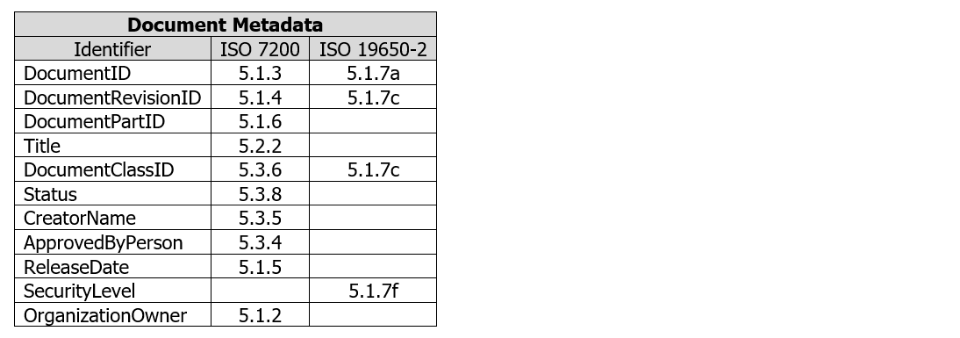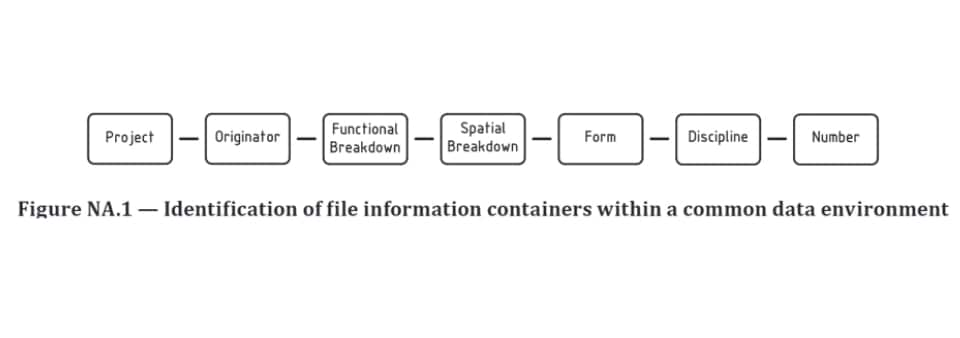Document and information management within the built environment
Following the release of the BS EN ISO 19650 series, many organizations have begun to adopt good practices around information management. In doing so, it is important to understand that BS EN ISO 19650, and the other standards relating to building information modelling (BIM), are supported by a myriad of other formalized good practice standards. As such, it is important to ensure that good practice is considered holistically. One example is to consider information management within the context of document management.

Since the 1980s, all industrial sectors have been transforming themselves from manual practices to computer-aided or automated practices. As such, the way we interfaced with these documents changed as we no longer manage physical copies, we manage documents electronically.
Benefits:
BS EN 82045-1 outlines several benefits to electronic document management, which include:
- Efficient search and retrieval;
- Quick and direct propagation of changes;
- Automatic workflow procedures;
- Providing document collections about related information;
- Reduced administration;
- Supporting the exchange of information; and
- Supporting collaborative working.
To achieve these benefits, electronic document management relies on the ability to apply metadata to documents.
Metadata:
Metadata is defined as:
metadata
data about data or data elements
[SOURCE: ISO 2382:2015, 2121505]
Simply put, document properties such as: Author, Date Created and Name are about the document itself as opposed to the content; making them metadata. Using metadata, the benefits described above can be achieved as documents could be searched by when they were created, who produced them, or what they are called. Typically within the built environment, metadata is recorded in three instances:
- As a visible part of a documents presentation. BS ISO 7200 specifies the mandatory and optional properties that should be included on all technical documentation, either within a title block or document header. For example, properties such as: Unique identification, Creator, Approver, and Date Issued are all mandatory properties.
- Associated to a document within a directory or document management system. BS EN 82045-2 specifies good practice document properties and their associated attributes to support machine-interpretable exchanges.
- Associated to a document within a common data environment. BS EN ISO 19650-2 specifies that information containers (documents) should have a unique identification, revision, status, and classification associated as well as a method of controlled access at the document-level.
A summary of the required properties to capture are shown below:

Organizational approaches to electronic document management should capture these properties as a minimum to ensure they can effectively manage their documentation. It is also recommended that they include these properties as part of the document presentation as well as associated to the document to ensure visibility if the document leaves its respective directly, system, or environment. For example, if the document is printed.
Document Identification:
Within the built environment, BS EN ISO 19650-2, National Annex specifies a convention of producing a unique document identifier; capturing information in addition to the properties listed above.
In recognition that properties such as a document’s title (e.g. Proposed Ground Floor Plan) and a document’s type (e.g. General Arrangements Drawing) are mandatory metadata properties, the BS EN ISO 19650-2 convention applies project-specific information to further facilitate the search and retrieval as well as the ability to produce document collections about a related topic. Using the following six properties and a distinguisher within a single field delimited by a Hyphen-Minus symbol:

- Project: Which project does this document relate to
- Originator: Which organization originated this document
- Function: Which part of the project does this document relate to
- Spatial: Where within the project boundary does this document relate to
- Form: How is information presented in this document
- Discipline: Which technical discipline does this document relate to
- Number: A sequential number to make the overall ID unique
Summary:
By applying the good practice principles of document management, an organization can reap several productivity benefits relating to the searching, retrieval, management and collation of information. By also applying the good practice principles of information management, an organization can further augment these benefits by effectively increasing the amount of metadata available relating to each document.
Applying both document management and information management means that a document has a greater value than the sum of its properties.
Dan Rossiter, Sector Lead at BSI



